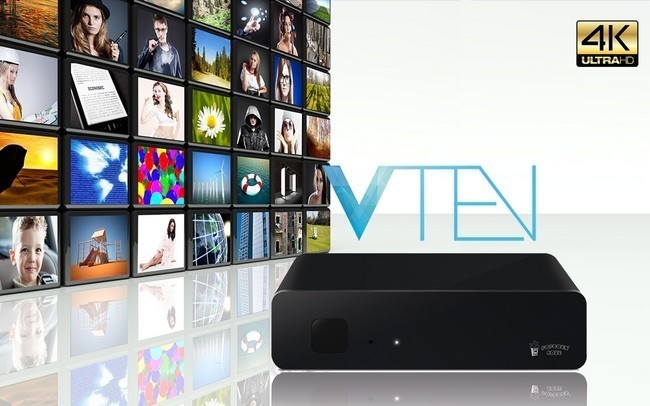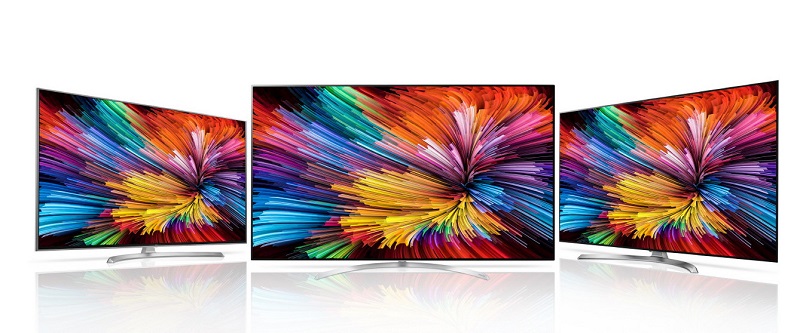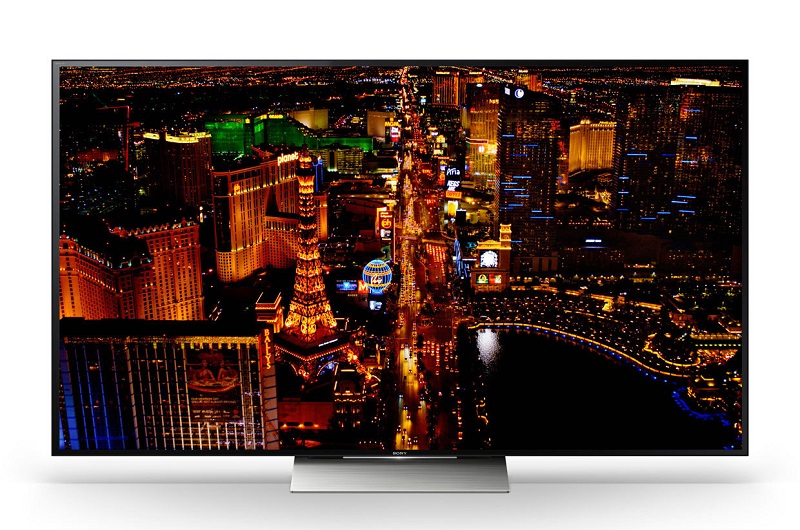When we decided on the purchase of a media player for our home, one of the previous steps it is to investigate and know what are the technical characteristics of each device to always make the right purchase. In addition, we are faced with a purchase of a certain magnitude in which it should not be throwing money away.
However, knowing the specifications is not everything and so we have to find the player (as any device in general) that suits our needs concrete and likewise do so our available budget. Something that will try to work with this guide
We begin by noting that the three “B” (good, nice and cheap) usually occur rarely. We will always be more tempted to buy the most expensive model in the market that media player that lets you play as many formats or any files, but this is something that is not always possible or necessary depending on what was said at first.
However, we will be seeing different options and possibilities looking at each and every one of them the most complete options.

Is the external or internal multimedia player?
The first thing to consider is whether we need an internal or external media player depending on our needs. If opted for one internal, and we do exclusive use at home, we will not suffer from cables to the eye as it is inserted into the housing and can be placed inside the computer.
If instead we look for mobility best, you look for a media player external. Ideal when you need to move with the same or if the data source to load have located elsewhere and do not want to carry the rest of the team in tow.
This would say, doubt simple to solve, since we need only determine which the use we are going to give is. From here, we enter the field, with technical features and specifications.
Support for video formats, something fundamental
The main, most important, it is that the player is compatible with all video formats available. The more the merrier. And is that even today the vast majority of models for sale are able to play the most popular formats is always advisable to make sure that our player supports at least video formats “avi, mkv, wmv, mp4, mpeg” or “MP3, FLAC and WAV” for audio and “jpg, png or tiff” for images.
We also need to study a section as is the compatibility with different types of subtitles, especially if we are “eaters” of VOS series or movies. So we must check the compatibility of the player with various types of subtitles as “srt, ssa, sub” …
You may also like to read another article on SevenFrigo: Sony launches new economic models for 4K TV range
Connections
You can stop by our special connections if you want more information, but entry comment that among the basic, indispensable, cannot miss a shot and another USB HDI (preferably 3.0). The first because outputs the video and audio, the latter allowing the Dolby True HD and DTS-MA systems and all through a single cable.
Similarly, the existence of an optical input can be interesting if we close a home sound system or a sound bar that has no HDMI input and want to use it as a source output.
You may even find a player with complementary wireless connectivity so that we can connect to other devices or directly to the router of the house and thus have access to files on the local network.
If you have no wireless connectivity, making for Ethernet it can be interesting, offering the same features as above (roughly) but with a cable through, which is always more “cumbersome”.


